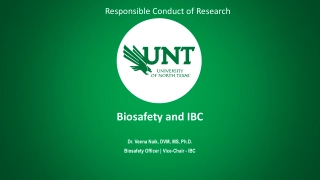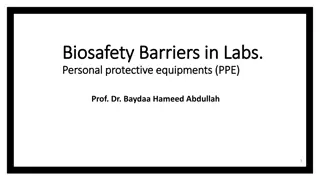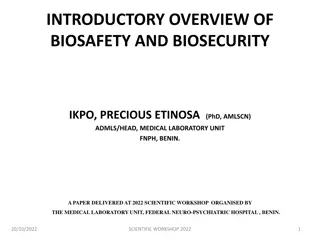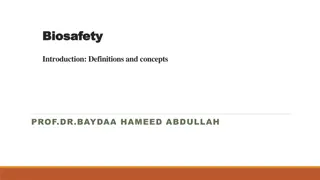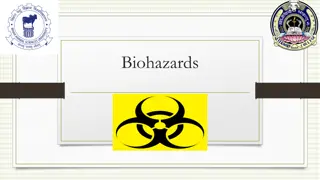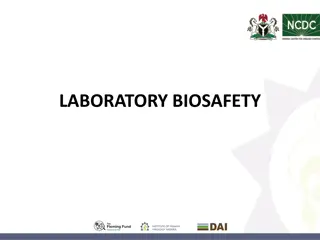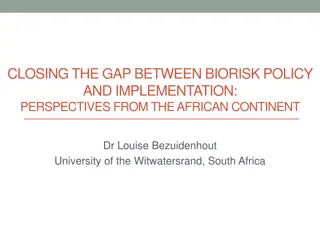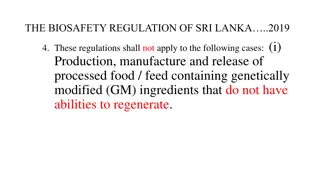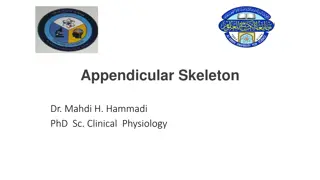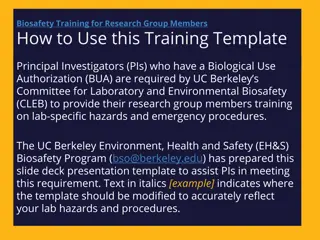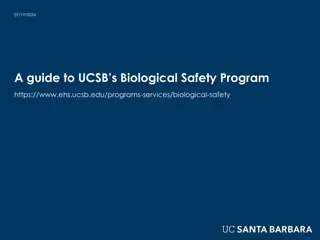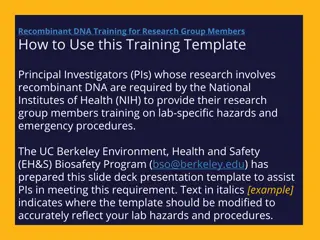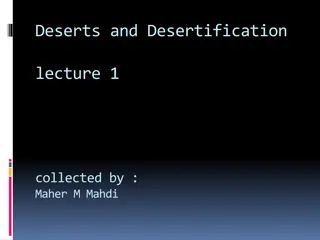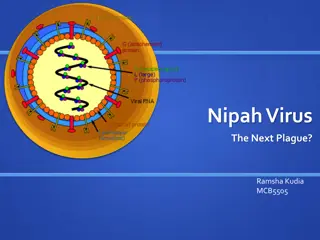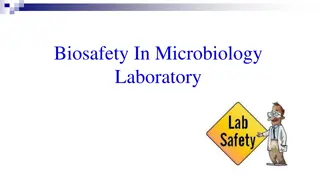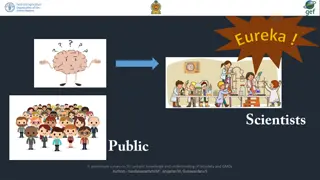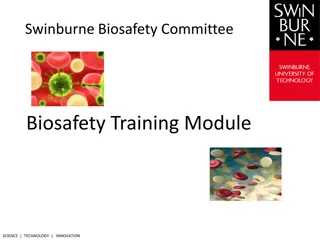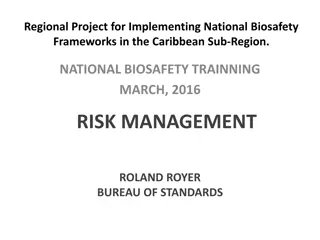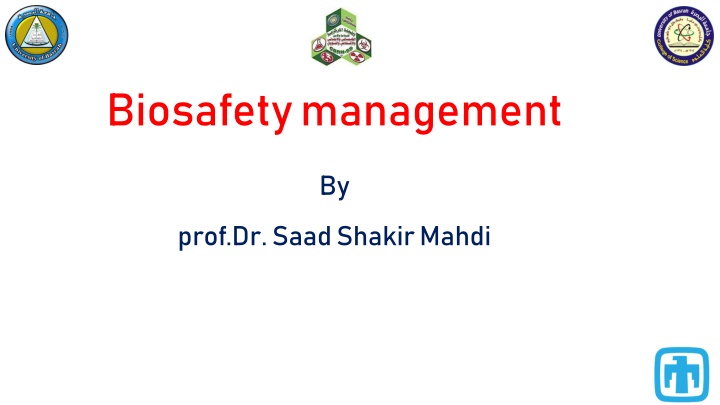
Overview of Biosafety Management by Prof. Dr. Saad Shakir Mahdi
Biosafety management, as explained by Prof. Dr. Saad Shakir Mahdi, involves ensuring safety from exposure to infectious agents, harmful materials, and radiation. It covers various fields such as medicine, chemistry, ecology, and agriculture. The goals of a biosafety program include assisting personnel in working safely with biological agents, meeting regulatory requirements, and providing a competitive advantage to organizations. Key components include biorisk assessment, risk management strategies, and the importance of pre-accident risk management and managing procedures following accidents.
Download Presentation

Please find below an Image/Link to download the presentation.
The content on the website is provided AS IS for your information and personal use only. It may not be sold, licensed, or shared on other websites without obtaining consent from the author. If you encounter any issues during the download, it is possible that the publisher has removed the file from their server.
You are allowed to download the files provided on this website for personal or commercial use, subject to the condition that they are used lawfully. All files are the property of their respective owners.
The content on the website is provided AS IS for your information and personal use only. It may not be sold, licensed, or shared on other websites without obtaining consent from the author.
E N D
Presentation Transcript
Biosafety management By prof.Dr. Saad Shakir Mahdi
What is Biosafety ? Safety from exposure to Infectious Agents (micro-organisms and toxins) . Safety from exposure to harm chemicals materials ( Acid , alcohol , ..etc) Safety from exposure to harm radiation ( Any radiation materials ) All the Above
Biosafety is related to several fields MEDICINE CHEMISTRY ECOLOGY AGRICULTURE
Biosafety Program Goals Assist laboratory research and support personnel in working safely with biological agents and materials Meet regulatory requirements and guidelines Provide a competitive advantage to the organization
What is Biosafety Biorisk assessment ? Biorisk assessment definition Process of evaluating the biorisk(s) arising from a biohazard(s), taking into account the adequacy of any existing controls, and deciding whether or not the biorisk(s) is acceptable
Why need Biosafety management ? For the following reasons 1. Pre-accident risk management (accident prevention). 2. Risk management in event (occurrence of accidents) . 3. Manage procedures after the event (when the event ends) .
Pre-accident risk management (accident prevention). Training : identify needs such as emergency and spill response, waste handling, hazard identification, and exposure control . Follow-up : by safety officials Development of safety programs Follow-up waste management processes Maintenance of safety equipment
Risk management in event (occurrence of accidents) Includes: Prevent spread event Quick reporting Emergency Plan Evacuation plan Emergency equipment Team to handle the event
Manage procedures after the event (when the event ends) . Includes: Damage assessment Evaluate the actions taken during the event Ensure that the place of the event is free of danger Determine the causes that led to the event
Manage procedures after the event (when the event ends) . Includes: Determining predators Make adjustments to safety plans Write reports on how the event will not happen again
The Lab Quality System management Organization Personnel Equipment Stock Data Quality Control Management Management SOPs, Occurrence Management Documents & Records Assessment Safety & Waste Management Process Improvement Specimen Management

